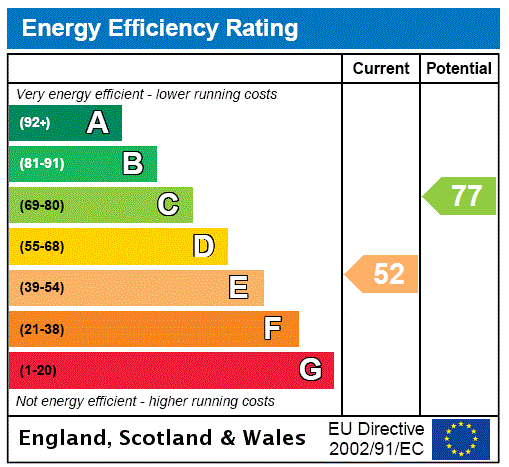

Cornell University has an 11% acceptance rate, with the average student ranging in SAT scores between 1390-1540 and 32-34 in ACT scores. According to Niche’s 2020 Best Colleges, it ranked #1 in Best Colleges for Agricultural Sciences in America, and #3 in Best Colleges for Architecture in America. Its popular majors include biology, business, and computer science. Cornell UniversityĬornell University is located in Ithaca, New York, and has a large enrollment of over 15,000 undergraduate students. Columbia is even more selective than Brown University, with a 6% acceptance rate and average students have a 1450-1560 SAT range, or a 33-35 ACT range. The institution offers hundreds of areas of study and more than 200 research centers and institutes. According to Niche’s 2020 Best Colleges, Columbia University ranked #1 in the Best Colleges for Philosophy in America, #2 in Best Colleges for English in America, and #2 in Best Colleges for Performing Arts in America. Columbia UniversityĬolumbia University is located in New York City. The institution is very selective, with only an 8% acceptance rate, and the average student has a 1440-1520 SAT score or 32-35 ACT score. Brown Universityīrown University is a research university located in Providence, Rhode Island and is known for its rigorous and flexible open curriculum which allows students to choose a personalized course of study. Photo by Pixabay from Pexels The 8 Ivy League Schools 1. Though there are many prestigious colleges across the United States which are mistaken for Ivy League schools, the eight original schools which make up the Ivy League are Brown University, Columbia University, Cornell University, Dartmouth College, Harvard University, Princeton University, University of Pennsylvania, and Yale University. Over time, the term “Ivy League” became synonymous with prestigious colleges. The Ivy League schools are the eight selective private institutions in the Northeast that make up the Ivy League Athletic Conference. In this article, we’ll go over the list of Ivy League schools (both the original eight schools and the ones commonly mistaken for Ivy Leagues), and layout the important considerations to keep in mind when choosing the right school for you.

What are the 12 Ivy League schools that many dreams to attend? What makes them so prestigious, and how do you know whether it’s worth pursuing an Ivy League education despite their selective acceptance rates?


 0 kommentar(er)
0 kommentar(er)
